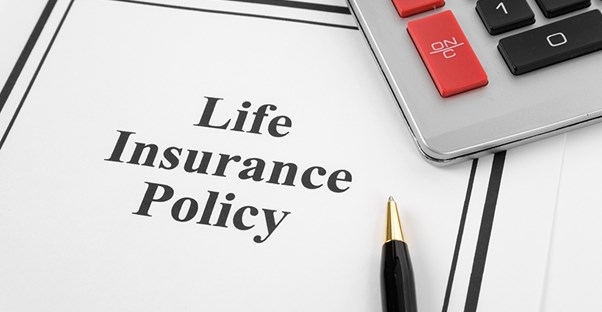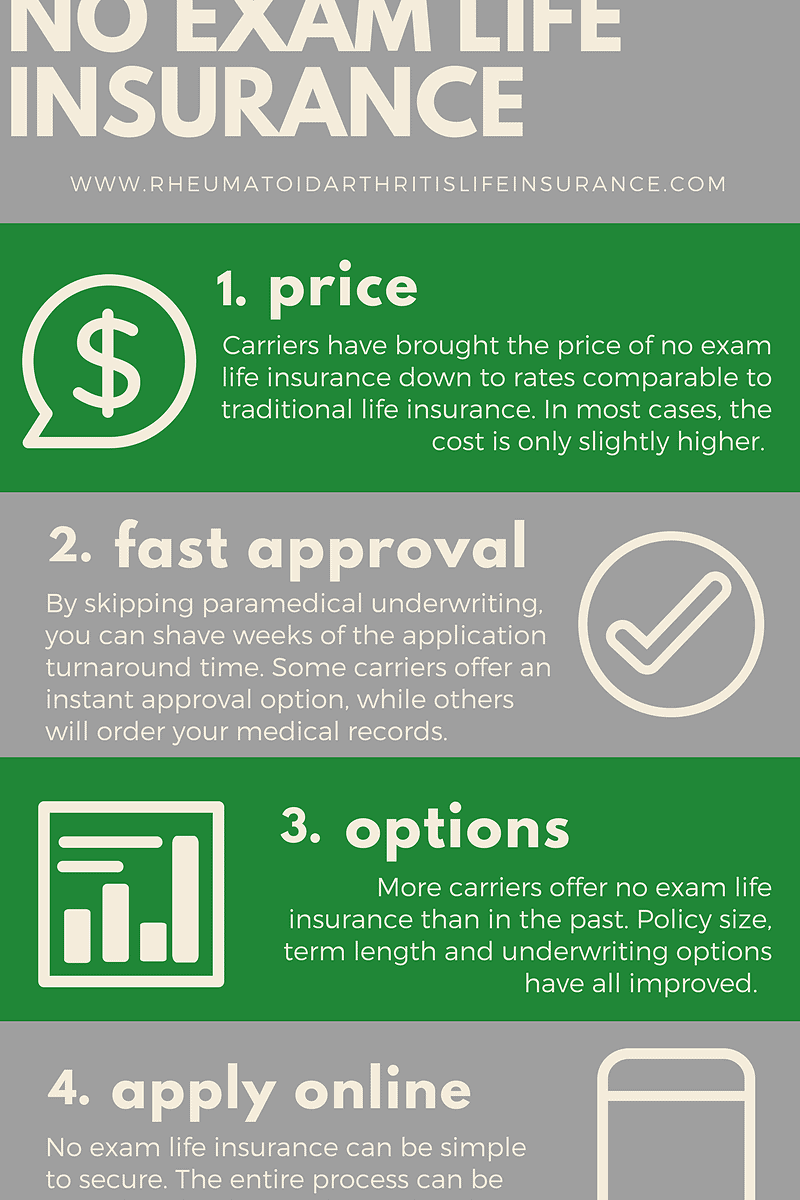Filing a Claim After a Car Accident
It’s understandable to feel overwhelmed after a car accident, but filing a claim can help you recoup the costs associated with the incident. Knowing the steps involved will streamline the process and maximize your chances of a successful outcome. Let’s unravel the complexities of making a claim after a car accident.
Initial Steps
In the immediate aftermath of an accident, it’s paramount to prioritize your safety. Once you’re in a stable condition, gather essential information, including the other driver’s details, witness accounts, and any visible damage to both vehicles. If possible, take photos and videos as evidence. Additionally, a detailed account of the accident, complete with a sketch if helpful, will serve as a valuable record of events.
Filing Your Claim
Next, it’s time to contact your insurance company and initiate the claims process. They’ll provide you with a claim form to complete, detailing the circumstances of the accident, the extent of the damages, and any injuries sustained. Be thorough and accurate in your account to ensure your claim is processed swiftly and efficiently.
If you believe the other driver is at fault, you can file a claim with their insurance company. They will conduct their own investigation and determine liability based on the evidence presented. You may be entitled to compensation for property damage, medical expenses, lost wages, and pain and suffering.
To strengthen your case, you may consider hiring an attorney who specializes in car accident claims. A lawyer can guide you through the legal complexities, handle negotiations with the insurance companies, and advocate for your best interests.
Negotiation and Settlement
Once the insurance companies have assessed the claim, they’ll make an offer for settlement. It’s wise to approach negotiations with a level head and consider all your options. If you’re not satisfied with the initial offer, don’t hesitate to negotiate further. Remember, you have the right to fair compensation for the damages you’ve incurred. However, don’t drag out the negotiations indefinitely – timely acceptance of a reasonable settlement is often in your best interest.
Closing Remarks
Navigating the claims process after a car accident can be a complex task, but it’s crucial to understand your rights and responsibilities. By following these steps, documenting the incident thoroughly, and seeking professional guidance when needed, you can maximize your chances of a successful claim and get back on the road to recovery.
How to Make a Claim After a Car Accident
Getting into a car accident can be a traumatic and stressful experience. Besides the physical and emotional toll it can take, you also have to deal with the financial implications of the accident, such as medical bills, car repairs, and lost wages. If you were not at fault for the accident, you can file a claim with the other driver’s insurance company to recover these damages. Here’s a step-by-step guide to help you navigate the claims process:
Steps Involved
Filing an insurance claim after a car accident is a multi-step process that can be daunting, but it doesn’t have to be. Here’s a step-by-step guide to help you navigate the process:
1. Report the Accident
After a car accident, it’s crucial to report it to the police and exchange information with the other driver(s) involved. Be sure to get their name, contact information, insurance company, and policy number. If possible, take pictures of the accident scene and any visible damage to the vehicles.
2. Gather Evidence
Documenting the accident is essential for a successful claim. Gather as much evidence as possible, including:
- The police report
- Medical records documenting your injuries
- Estimates for car repairs
- Proof of lost wages
- Witness statements
- Photographs of the accident scene and damage
The more evidence you have, the stronger your case will be.
3. Contact the Insurance Company
Once you have gathered the necessary evidence, it’s time to contact the at-fault driver’s insurance company. You can usually do this by phone or online. Be prepared to provide them with the following information:
- Your name, contact information, and policy number
- The date, time, and location of the accident
- The name of the at-fault driver and their insurance company
- A description of the accident and the damage caused
- A list of your injuries and medical expenses
4. Negotiate a Settlement
Once the insurance company has reviewed your claim, they will likely make an offer to settle. This is the amount of money they are willing to pay to cover your damages. You are not obligated to accept the first offer. You can negotiate with the insurance company until you reach an agreement that you are satisfied with.
How to Make a Claim After a Car Accident
If you’ve been involved in a car accident, it’s important to know how to make a claim in order to recover compensation for your injuries and other expenses. The process can be complex, but following these steps can help you get the money you deserve.
Gathering Evidence
After an accident, it’s crucial to gather as much evidence as possible to support your claim. This includes:
- Police reports: These reports contain important information about the accident, such as the date, time, location, and the names of the drivers involved.
- Medical records: These records document your injuries and the treatment you’ve received.
- Witness statements: Statements from witnesses who saw the accident can corroborate your account of what happened.
- Photographs: Take pictures of the damage to your car and the accident scene.
- Other documentation: This could include repair bills, lost wages, or other expenses related to the accident.
By gathering this evidence, you’ll be able to build a strong case for your claim.
How to Make a Claim After a Car Accident: A Comprehensive Guide
Being involved in a car accident can be a jarring experience, leaving you feeling both physically and emotionally shaken. While it’s important to prioritize your health and well-being, it’s also crucial to understand the steps involved in making a claim to ensure you receive fair compensation for your damages. Here’s a detailed guide to help you navigate the process:
Determining Fault
Establishing fault in a car accident is paramount. This serves as the foundation for determining who is legally responsible for the damages and injuries sustained. Gathering evidence is key: witness testimonies provide firsthand accounts of the incident, while police reports offer an official record. Additionally, any physical evidence, such as skid marks or damaged vehicles, can help paint a clear picture of the events leading up to the accident.
Insurance Coverage: Navigating the Maze
Once fault has been determined, the next step is to contact your insurance company. They will assign a claims adjuster to handle your case and guide you through the process. Be sure to provide clear and detailed information, including the date, time, and location of the accident, as well as the names and contact information of any witnesses.
Documenting Damages: Quantifying the Impact
Meticulously documenting your damages is essential for obtaining fair compensation. This includes both property damage, such as repairs or replacement of your vehicle, and personal injuries, encompassing medical expenses, lost wages, and pain and suffering. Gather medical records, repair estimates, and any other evidence that can substantiate your claims.
Negotiating with the Insurance Company
Once your damages have been documented, it’s time to negotiate with the insurance company. The claims adjuster will present an offer, but it’s important to remember that you have the right to negotiate for a fair settlement. Be prepared to provide evidence to support your claim and don’t be afraid to seek professional help from an attorney if necessary.
Settlement or Trial: The Final Decision
If negotiations are successful, you will reach a settlement agreement with the insurance company. However, if an agreement cannot be reached, you may need to file a lawsuit and proceed to trial. It’s important to carefully consider your options and weigh the potential benefits and risks of both paths before making a decision.
Car accidents can be a real pain in the neck. If you’ve found yourself on the wrong end of one, don’t despair. Here’s a step-by-step guide to help you get the compensation you deserve.
When making a claim after a car accident, the first step is to contact your insurance company and the insurance company of the at-fault party. Make sure you have all the necessary information, such as the other driver’s name, insurance information, and license plate number. You should also take photos of the damage to your car and get a copy of the police report.
Gathering Evidence
The more evidence you have to support your claim, the better. This includes photos of the damage to your car, the other driver’s car, and the scene of the accident. You should also get a copy of the police report and any medical records related to your injuries.
If there are any witnesses to the accident, get their names and contact information. Their statements can help to support your claim.
Filing a Claim
Once you have gathered all the necessary evidence, you can file a claim with your insurance company. You will need to provide them with all of the information you have, including the police report, photos, and medical records. Your insurance company will then investigate the claim and determine how much you are entitled to.
If you are disputing the other driver’s insurance company’s settlement offer, you may need to file a lawsuit. This is a more complex process, but it can be necessary to get the compensation you deserve.
Negotiating a Settlement
Once you have filed a claim, you will likely be contacted by the other driver’s insurance company. They will make you an offer to settle your claim. You should not accept the first offer they make. Instead, you should negotiate with them until you reach a fair settlement.
Make sure you consider not only the amount of money, but also the terms of the settlement. For example, some settlements require you to give up your right to sue the other driver. You should carefully consider all of the terms of the settlement before you agree to anything.
Getting Legal Help
If you are having trouble dealing with the insurance companies or you are not satisfied with the settlement offer, you may want to consider getting legal help. An attorney can help you to negotiate a fair settlement or represent you in court.
Making a claim after a car accident can be a stressful and time-consuming process. However, by following these steps, you can increase your chances of getting the compensation you deserve.
How to File a Claim After a Car Accident: A Comprehensive Guide
After the dust settles from a car accident, filing an insurance claim promptly is crucial. Here’s a comprehensive guide to navigate the process and ensure you receive fair compensation for your losses.
Negotiating a Settlement
Once you’ve submitted your claim, the insurance company will review it and offer a settlement. This is where negotiations come into play. Before accepting an offer, carefully consider the following steps:
1. **Review the Offer Thoroughly:** Examine the insurance company’s settlement proposal and compare it to your estimated damages, including medical expenses, property damage, lost wages, and pain and suffering.
2. **Document Your Damages:** Gather all relevant documentation, such as medical bills, repair estimates, and proof of lost income. These documents will support your claim and strengthen your negotiating position.
3. **Negotiate Fairly:** Engage in respectful negotiations with the insurance company. Clearly articulate your needs and justify your requests based on your documented damages.
4. **Don’t Accept a Lowball Offer:** Insurance companies often start with a lowball offer. Don’t be afraid to negotiate for what you deserve. However, be realistic and avoid unrealistic demands.
5. **Consider Legal Representation:** If you’re having trouble negotiating a fair settlement or if the insurance company is disputing your claim, consider consulting an attorney. Legal representation can provide you with the knowledge and leverage to protect your rights.
Remember, negotiating a settlement is a delicate balance between asserting your rights and being willing to compromise. By following these steps and seeking support when needed, you can increase your chances of reaching a fair and timely settlement.




Leave a Reply